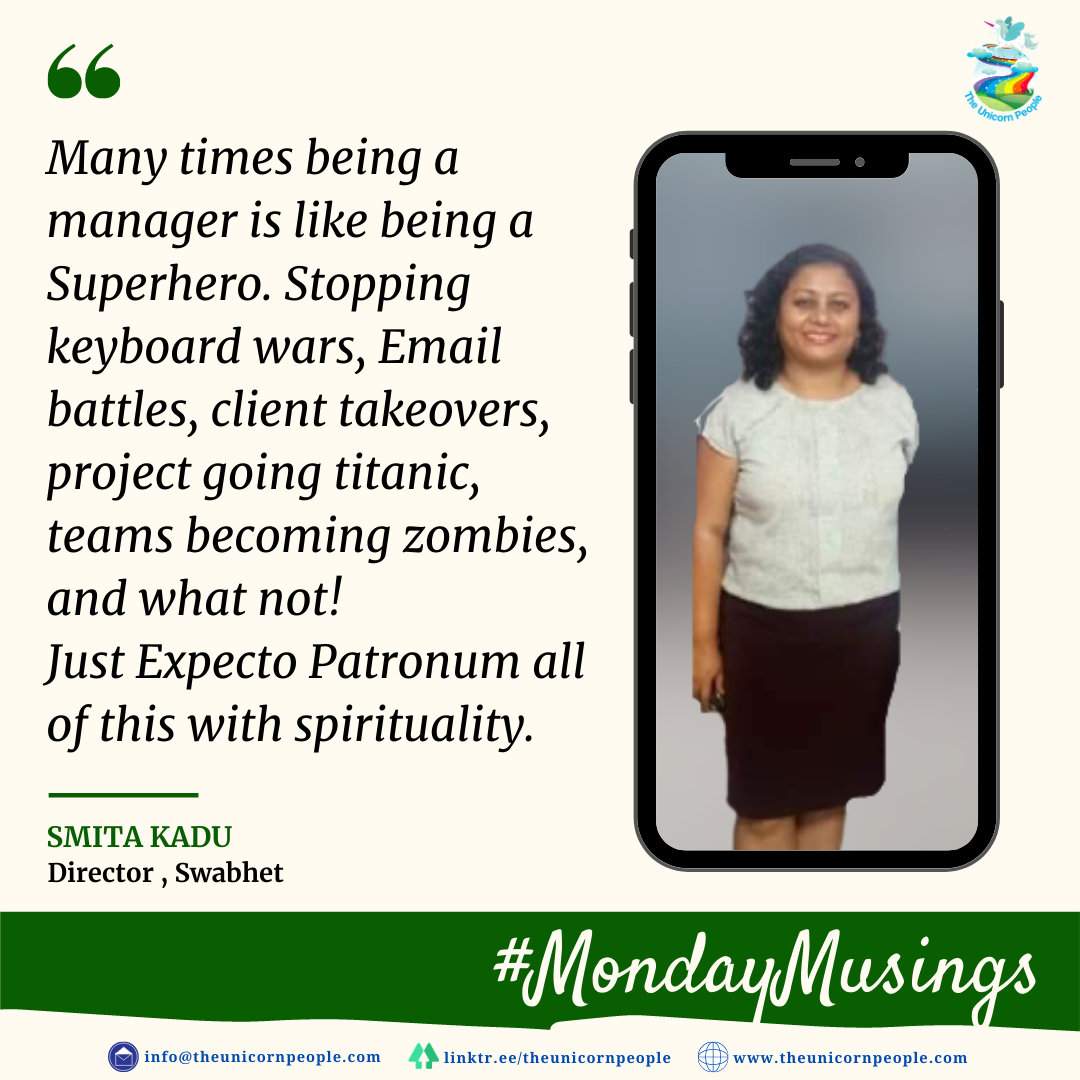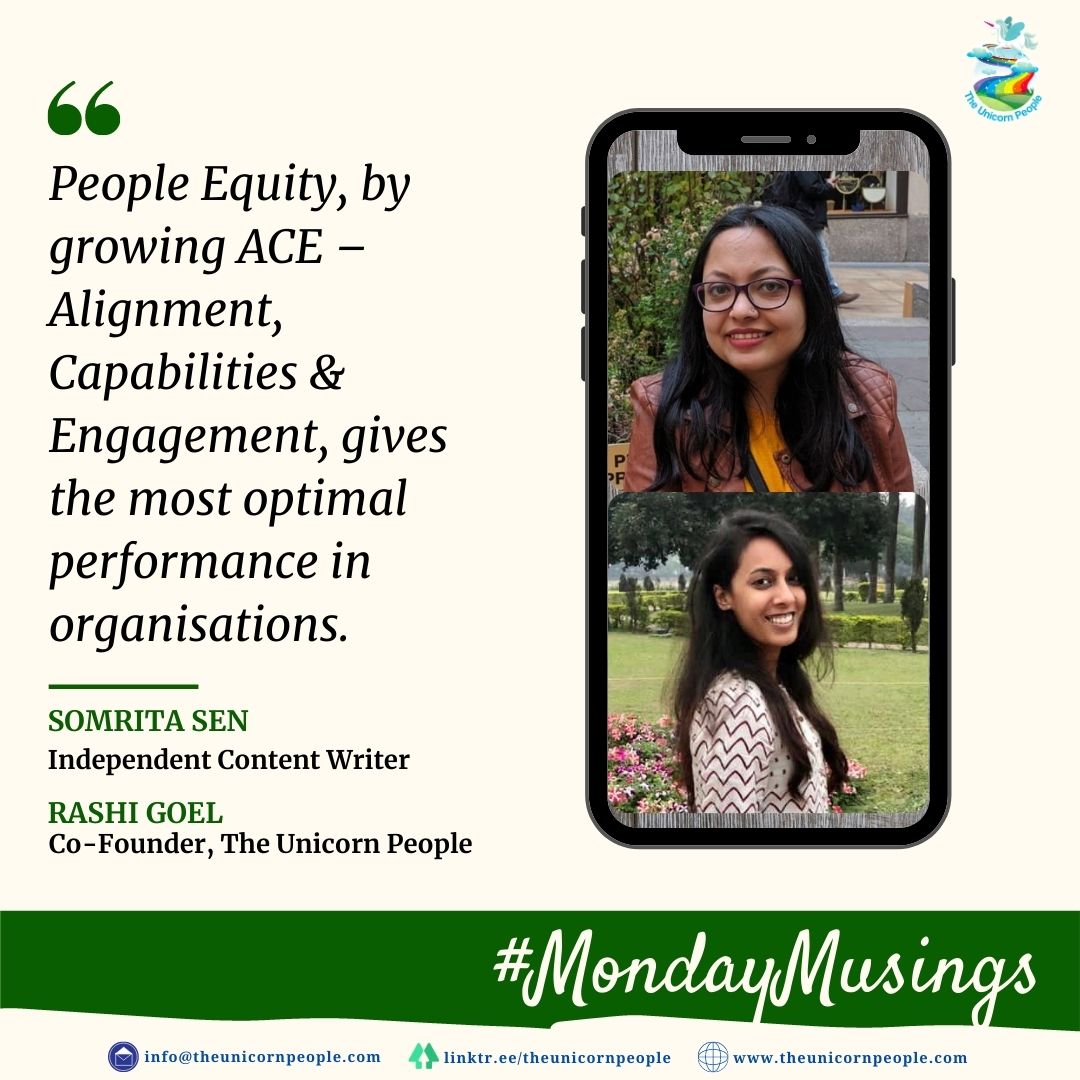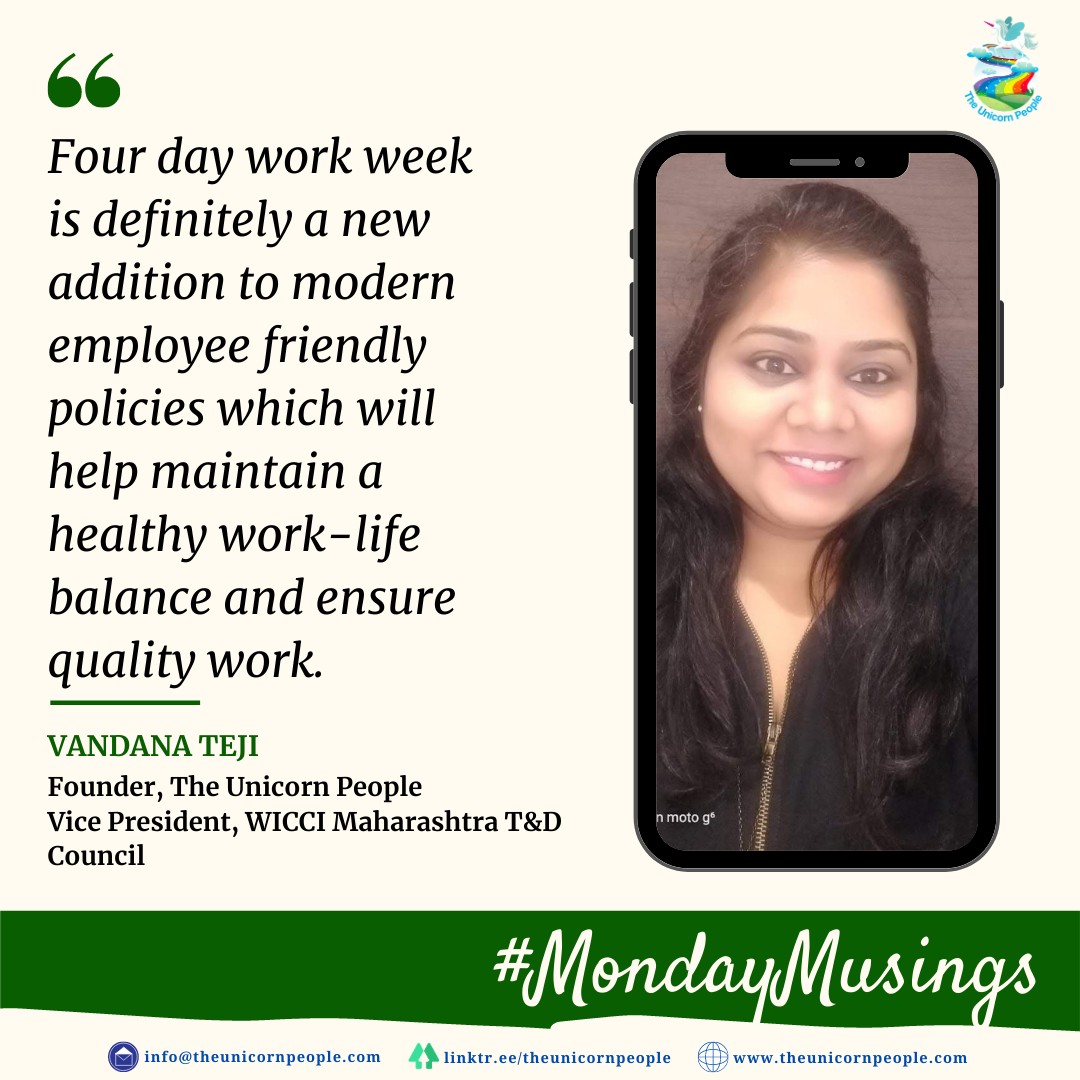Author: Vandana Teji, Founder, The Unicorn People
I am sure the phrase sounds familiar to us. It might trigger fear for the ones who have experienced it. For the ones who have yet not experienced it, please thank your stars. The concept of “restructuring” is rather new to the business vocabulary. Introduced to the corporate language somewhere in 1970s, it had a negative tone to it. But in 1980s the term started to build up a rather positive notion. It gained recognition as an effective tool in boosting profits and efficiency.
So exactly when is restructuring proposed? It can be proactive or a reactive approach. In today’s era its mostly a reactive approach. Planned either after a financial crisis or a change in the leadership team. When the new C-suite employee is not convinced with current structure, restructuring is proposed.
This can be due to several reasons-
1. Irrational structure leading to confused accountability
2. Teams working in silos
3. Disproportionate allocation of power
4. Overly complex reporting lines
The process of restructuring usually begins with an interaction with the leadership team. They are the ones with the big picture supported by a simple org structure. They propose a structure is conceptualized basis their visibility of employees. Their visibility can extend to a maximum of 2 downs. The remaining structure is left to be interpreted by their one or two downs, done on the basis of their assumption of personalities.
Consultants discard the above approach. Since personality led structures are fragile and susceptible to future changes. They will recommend a logical approach for this which will be activity based. They will propose an activity-based structure which is logically stronger. A 3-step consultant approach would have the following steps –
1. Identify the important activities
2. Describe the capability required
3. Align the best individual to do the job
The next question which pops-up in our brain is if restructuring is such a constructive tool why is it so dreaded by the employees? The reason being that it brings about one of the biggest fears, i.e. “Fear of the Unknown”. This is anxiety and stress by not knowing if he/she will have a job or not. Employees might be aligned to a new team and a new manager, regardless of their professional history. In one world – “Chaos”.
To understand the reason for this chaos let’s first understand Kurt Lewin’s Simple yet effective Model of Change

The first step is ‘Unfreezing’ – where the communication takes place. This step will make or break the effectiveness of the entire exercise. This the step where we are going wrong. Communication should be transparent and free of jargon generally first via email and then through several town-halls. The unfreezing should be planned to answer questions. Leaders should be open to two way communication. They should be sensitive to employees since they are the one being affected by the change. Employees have the right to know the reason behind it. Shutting employees and forcing the change down their throat will lead to loss of trust while answering questions will crush the grapevines and enable the process.
The remaining steps i.e. ‘Changing’ is the step to design and execute the change and ‘Re-freezing’ the step where the new structure is made permanent. This may take time, but the resulting structure will be effective and trusted. A structure for the employees which will be also backed up by the employees of the organisation.
You can’t wear everything which you see on the ramp. Similarly, before implementing any tool organizations must be clearer of what works for them.The first step is unfreezing this is where the communication takes place. This step will make or break the effectiveness of the entire exercise. This the step were we are going wrong. Communication is should be transparent and free of jargon. First via email and then through several town-halls. The unfreezing should be planned to answer questions. Leaders should be open to two way communication. They should be sensitive to employees since they are the one being affected by the change. Employees have the right to know the reason behind it. Shutting employees and forcing the change down their throat will lead to loss of trust. While, answering questions will crush the grapevines and enable the process.
The remaining steps i.e. “changing” is the step to design and execute the change. “Re-freezing” the step where the new structure is made permanent. May take time but the resulting structure will be effective and trusted. A structure for the employees which will be also backed up by the employees of the organisation.
You can’t wear everything which you see on the ramp. One needs to try the look out and then take a conscious call. Similarly, before implementing any tool organizations must be clearer of what works for them.




